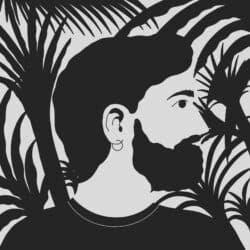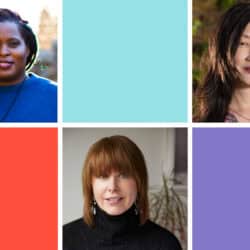Maïa Faddoul’s bright colours, cheerful patterns, and uplifting depictions of human courage and connection are often in the service of community and rights organizations.
When we redesigned The Philanthropist Journal website in 2021, one of our goals was to feature the work of visual artists more prominently as a complement to our writing. We’ve learned a lot through these collaborations – about the illustrators, their work, and their processes, and what their talents and perspectives bring to the issues we’re writing about.
We commissioned writer and cultural commentator Gordon Bowness to profile three artists who have been a part of our work over the past four years: Julien Posture, Maïa Faddoul, and Claire Nest.
“I have a unique vantage point into the world of illustration,” Bowness says. “My boyfriend of 23 years is the award-winning illustrator Maurice Vellekoop. I’ve seen firsthand the perils and promise of this oft-misunderstood art form. After years of stagnant if not declining pay and ever-increasing threats from AI (from copyright theft to outright redundancy and loss of livelihood), illustrators deserve some extra love and attention. Commercial artists like Posture, Faddoul, and Nest are perceptive, hard-working and nimble – they have to be. It’s a delight to hear their insights and share their stories.”
As explored in the first article in this series, our profile of illustrator and anthropologist Julien Posture, an illustrator’s style is not something superficial that exists separately from the illustrator nor the images they create. Style is the result of years of looking and drawing and thinking about the world and how it’s represented. This profile of Maïa Faddoul forms a type of case study, then, where thoughtful social engagement has shaped her career from the beginning.
“I’m so grateful for how I grew up,” says Montreal illustrator and designer Maïa Faddoul. “I see how rare it was to live in a home layered with cultures, languages, and a lot of sacrifice. It’s complex, sometimes heavy, but so, so rich.” The complexity and richness of Faddoul’s upbringing continues to inspire her brightly coloured imagery and whimsical designs while forging ongoing connections to human rights and civil engagement groups.
Faddoul was born in Montreal to an Argentine mother and Lebanese father, and her childhood home was open to anyone in need of community. With walls painted red, orange, and green, and with aromas of Lebanese dishes and Argentine barbecue wafting through, visitors couldn’t help but be struck by “the warmth, the colour, the joy, the chaos, too,” Faddoul says. “There weren’t many, if any, Arab or Latinx families around in the ’90s suburbs where we lived, but our house became a hub,” she says. “My mother, a former kindergarten teacher turned psychosocial worker, built a chosen family of fellow immigrants. Our place was the go-to for birthdays, holidays, and spontaneous get-togethers.”
“It was always lively, full of people and overlapping languages,” she adds. “It wasn’t just multiple cultures under one roof; it was a real merger.”

The family’s connection to Lebanon and Argentina remains strong. “We carried the weight of what was happening back where most of our family lived, places that have always felt unstable, politically and economically. People there are resilient, used to uncertainty. And we’ve had to learn to live with it, too.”
Faddoul credits her mother’s kindness and unfailing energy – she paid her way through university by being a professional clown (!) – for instilling in Faddoul a strong social ethos. “She’s a real connector,” Faddoul says. “And the reason I grew up with the values I still carry into my work.”
[My mother’s] a real connector. And the reason I grew up with the values I still carry into my work.
Faddoul’s work has often been in the service of community and rights organizations like the women’s advocacy network Table des groupes de femmes de Montréal, the feminist publishing house Remue-Ménages, and the Canadian Federation of Nurses Unions. Corporate clients include Collective Arts beverages, Showtime, and Adobe. Her editorial illustrations have appeared in Chatelaine, Le Devoir, and this publication (this is the second in a series of profiles of illustrators who have contributed to The Philanthropist Journal). Her personal work, a colourful riot of flowers, starbursts, and human figures, comes in the form of prints, greeting cards, jewellery, buttons, and stickers (some sold as fundraisers to help families in Gaza). In 2020, she illustrated the award-winning book Canadian Women Now and Then from Kids Can Press. And she’s taught illustration at Dawson College in Montreal for the past four years.
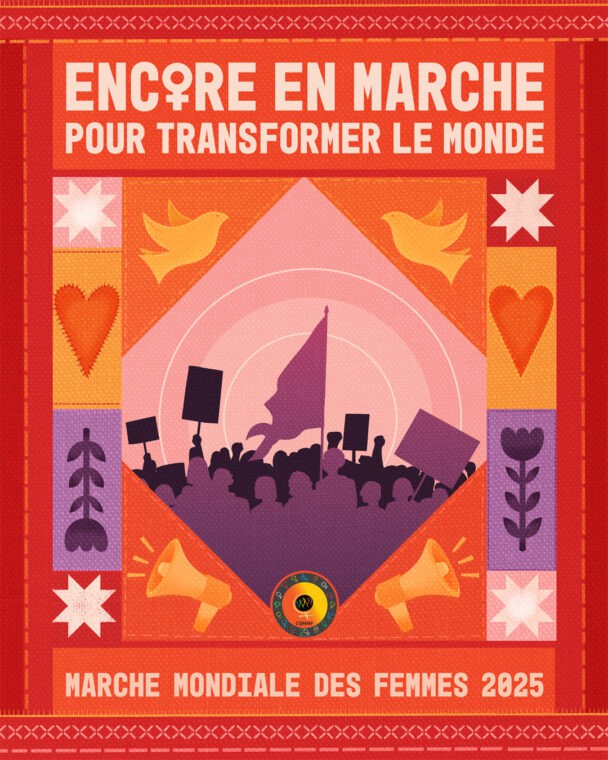
The familial underpinnings of her career are never far from the surface. Faddoul’s mother worked at a women’s centre for 20 years where Maïa did pro bono work, making T-shirt designs and posters while she was still in school studying illustration. “It started with a lot of free work that eventually turned into larger, more concrete projects,” she says. “I’m really grateful that I was able to do that because I don’t think I realized till later how special it is to be able to work on projects that actually align with your values. Not everybody gets to do that.”
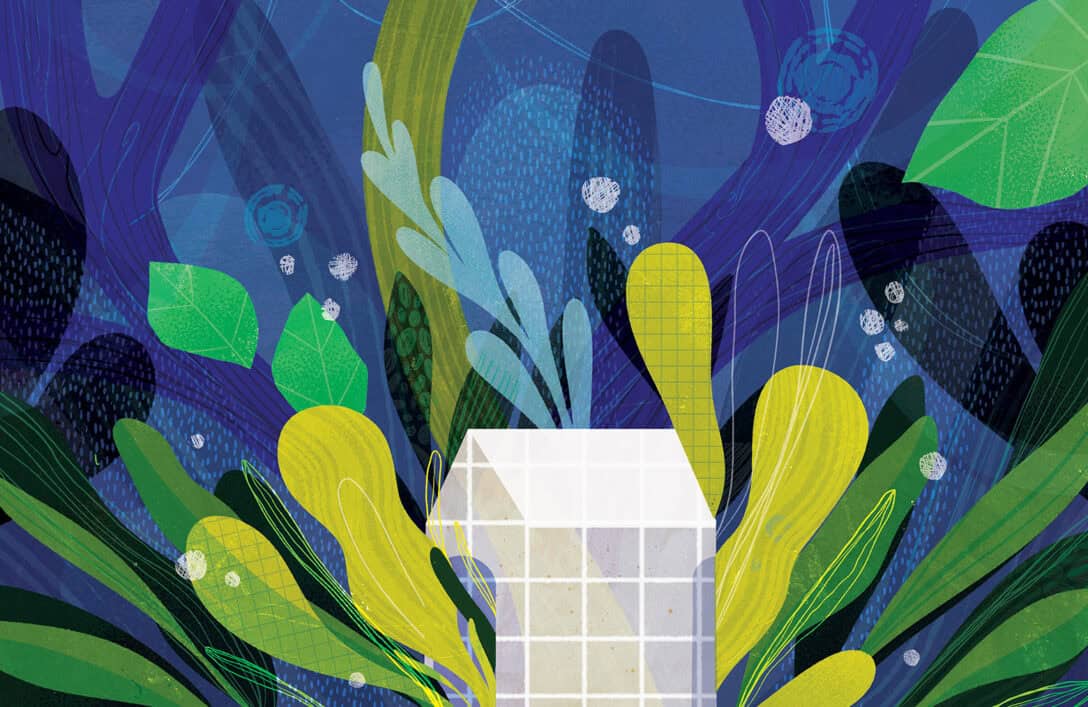
Another family contribution to Faddoul’s career comes from her maternal grandfather, who worked as an illustrator in Argentina, including stints at a theme park creating backdrops. “Whenever we would hang out, I could ask him to draw anything, and he could just do it. That was so mind-blowing to me,” Faddoul says. “He’s always been a huge inspiration, and somebody that I looked up to. Perhaps, foolishly, he made me believe that you could actually be an artist and make a living at it.”
Faddoul’s work is deceptively simple. Accessibility is key. But the bright colours, cheerful patterns, and uplifting depictions of human courage and connection are all built on the foundation of her immigrant family experience.
“Ultimately, I just like making beautiful things that hopefully will make people smile,” Faddoul says. “And if I can tie that up with sharing some messages that I care about, that’s the sweet spot.”
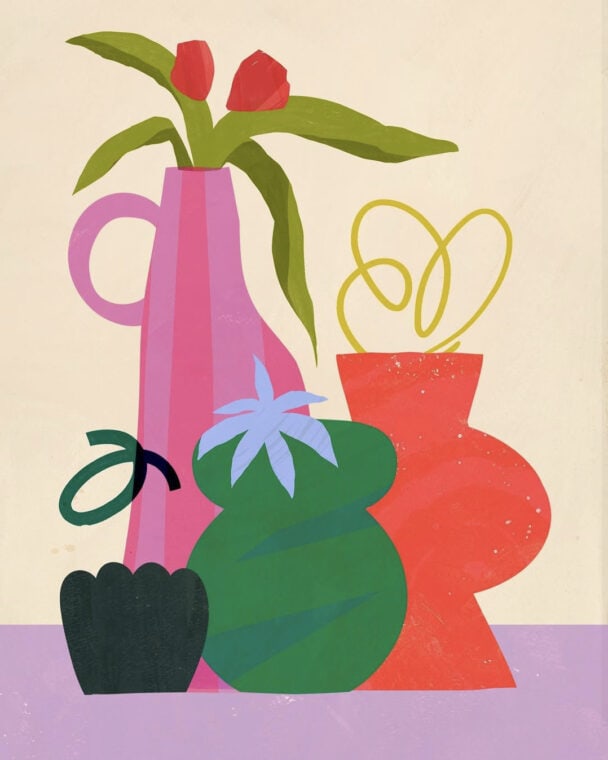
In the final instalment of this series later this month, we conclude with a profile of illustrator and animator Claire Nest, which explores further how impactful visual storytelling can be.

